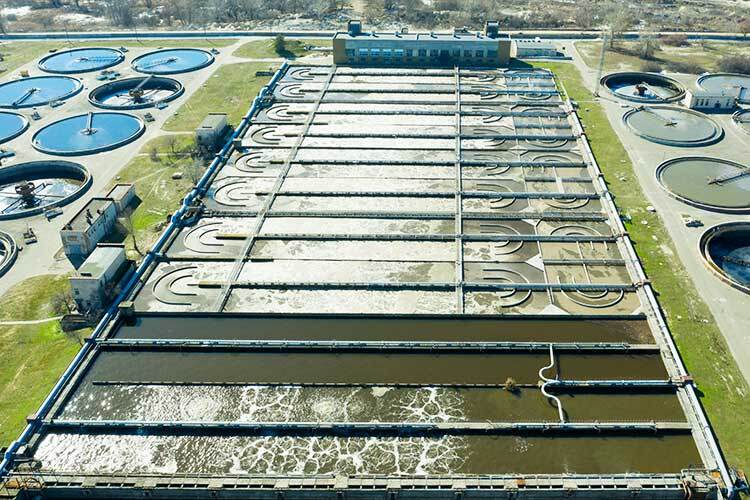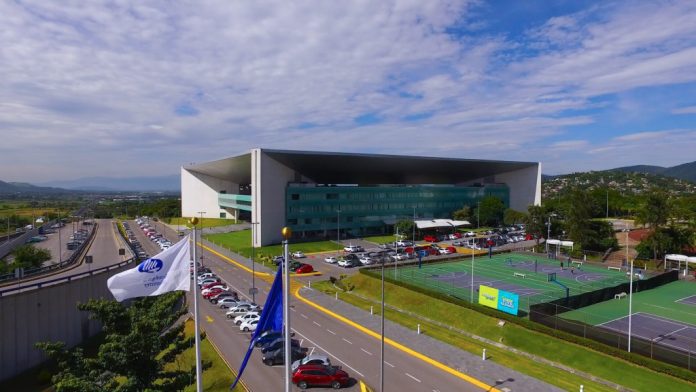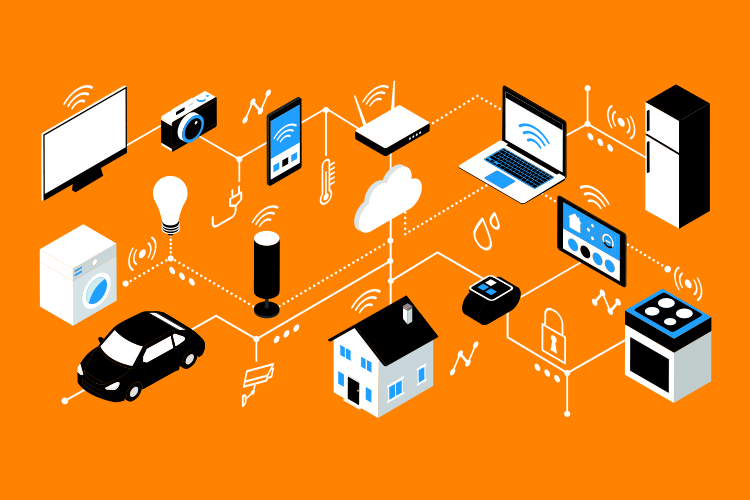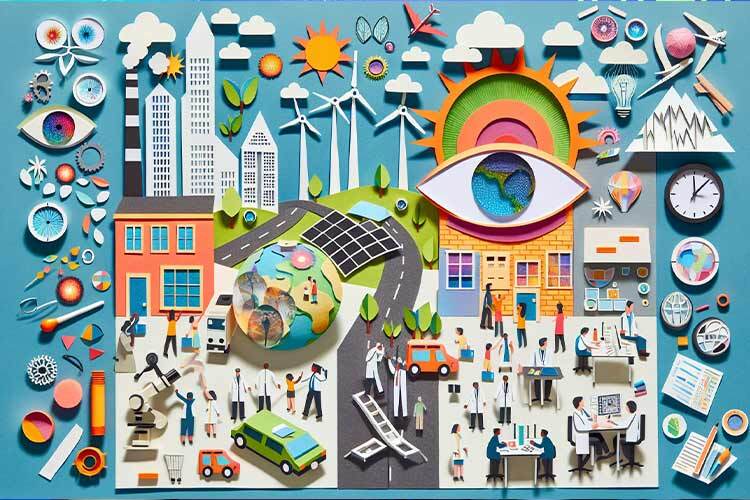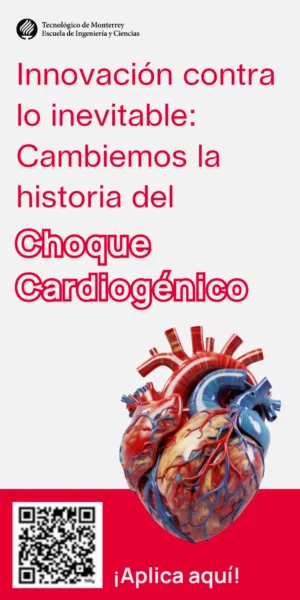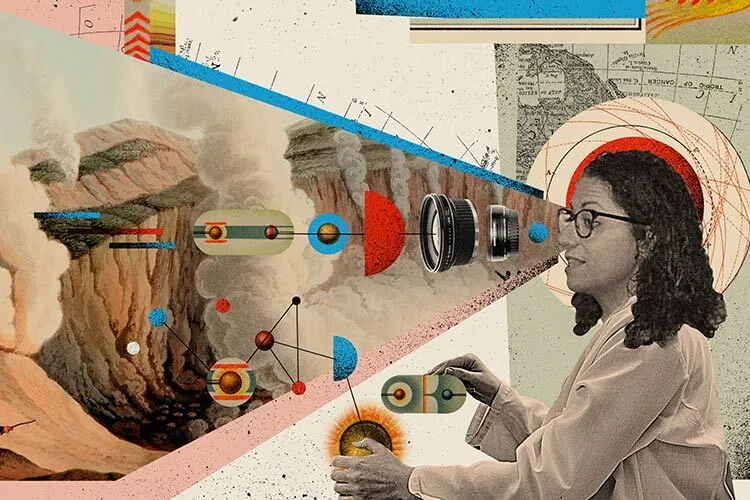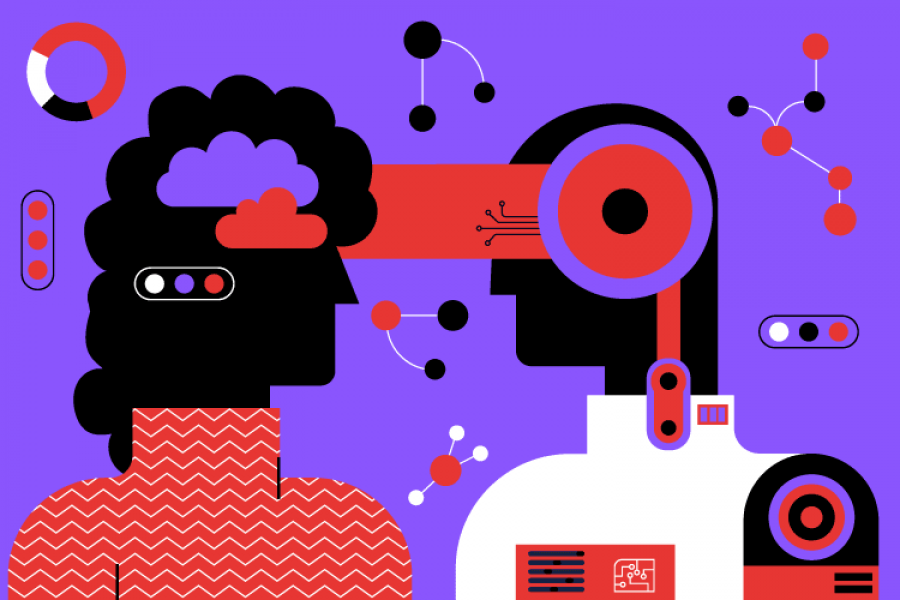Knowing just how polluted are water bodies in a country usually requires a large investment of resources and time to take and analyze samples, but today it is possible to make the process simpler and more affordable with a station that uses the Internet of Things to monitor water quality.
“Internet of Water works with an Internet of Things platform that allows access to information at any time,” says Alfredo Figarola, professor of the Department of Sustainable and Civil Technologies, of the School of Engineering and Sciences (EIC), Guadalajara Campus, and leader of the Center for Innovation, Technological Development and Applications in the Internet of Things (CIIoT), of Tec de Monterrey, in an interview with TecScience.
In Mexico, 59.1% of surface water sources –rivers, lakes, lagoons and streams– are polluted, according to the National Network for Measuring Water Quality (Renameca).
If the scenario is already worrying, Figarola says that the problem could be even bigger since measurements are often insufficient and are not carried out in all water bodies.
Naturally, pollutants do not fluctuate much from one day to the next, “but they can change drastically due to anthropogenic issues, such as discharges from a factory,” says Figarola.
The industries that pollute water the most are oil and gas, mining, textiles and food production, according to the Secretariat of Environment and Natural Resources (Semarnat).
Among the most common pollutants are fertilizers, pesticides, heavy metals, minerals, nitrates, phosphates, detergents, gasoline and pathogenic microorganisms.
Monitoring water quality is not only important to prevent damage to human health, but also to protect ecosystems.
Internet of Water
In 2020, after the Río Grande de Santiago, Jalisco, was declared the most polluted river in Mexico by the Federal Attorney for Environmental Protection (Profepa), the group led by Figarola was contacted by the state government to develop a device that could be able take automated measurements of pollutants.
“That was the initial idea, but after delivering what was asked of us we saw more potential in the project,” says Miriam Pérez, project manager of Internet of Water.
Based on that idea, they decided to go further and develop a water quality monitoring station that uses an Internet of Things platform to measure pollutants in real time.
The Internet of Things is the technological process that allows physical elements such as household objects, medical devices and personal accessories to be connected to the Internet. In the case of Internet of Water, the station is what is connected.
To measure pollutants, it has sensors for dissolved oxygen, turbidity, pH, temperature, total dissolved solids, conductivity, lead and cadmium. In addition, they can be exchanged for others, depending on the most common contaminants in the body of water of interest.
It also has flotation buoys, explains Antonio Moreno, hardware developer at Internet of Water.
As a power source, it uses two solar panels that feed a lithium battery, giving it energy autonomy of around thirty-six hours, depending on the frequency of data transmission.
To transmit information, it has a LoraWan communication gateway –something similar to a WiFi wireless modem– which communicates through radio antennas.
Thus, even if the station is floating in a place where there would normally be no internet, the gateway can communicate with its web platform that is compatible with computers and mobile phones.
Benefits of Using It
Through the web platform, it is possible to automate the measurements of contaminants. “Records can be made every thirty minutes, once a day, twice a week, or whenever required,” says Pérez. The frequency will depend on the type of activity carried out by the user.
In the case of government institutions such as the National Water Commission (Conagua), they can be gathered with less frequency, while if it is an aquaculture pond the measurements are usually more strict.
“In general, the platform can be useful for state governments, treatment plants, universities, research centers and aquaculture companies,” says Figarola.
The data collected can be uploaded to the cloud or stored directly on the devices that receive them, in case data protection is wanted.
Thus, the station allows access to quality information in real time and saves on operating costs by not having to send people to take the samples or pay for laboratory analysis.
The ultimate goal is to use the data collected to make informed decisions and prevent risks or damage to people or ecosystems. “If, as a government, I detect the presence of a contaminant in a river used by a community, I can alert the population and prevent them from entering it,” explains Figarola.
Monitoring Water Quality in the Future
To make the station possible, the coordinated effort of a multidisciplinary team of chemical engineers, electronic engineers, web system developers and industrial designers was required.
“It was a long process where we did a lot of tests and prototypes,” says Moreno.
The technology used is about to be patented, both in the software design and industrial design.
The limitations it has so far is that in countries where the sun is not usually as bright as in Mexico, obtaining energy through solar panels can be a challenge.
Also, for the moment the station is heavy and maintenance tasks must be carried out by a team. In addition, it is made to take measurements of contaminants in fresh water and not salt water, so using it to measure the water quality of oceans is not possible.
In this regard, the team is working on new versions of the station that addresses these limitations, although adapting it to salt water is not within their plans.
In the meantime, the current version can already be used by anyone who needs to constantly monitor water quality.
“Monitoring is just the tip of the iceberg of actions that must be taken to recover water bodies and we can help with that,” says Figarola.
Were you interested in this story? Do you want to publish it? Contact our content editor to learn more marianaleonm@tec.mx
